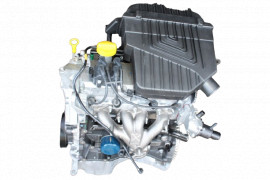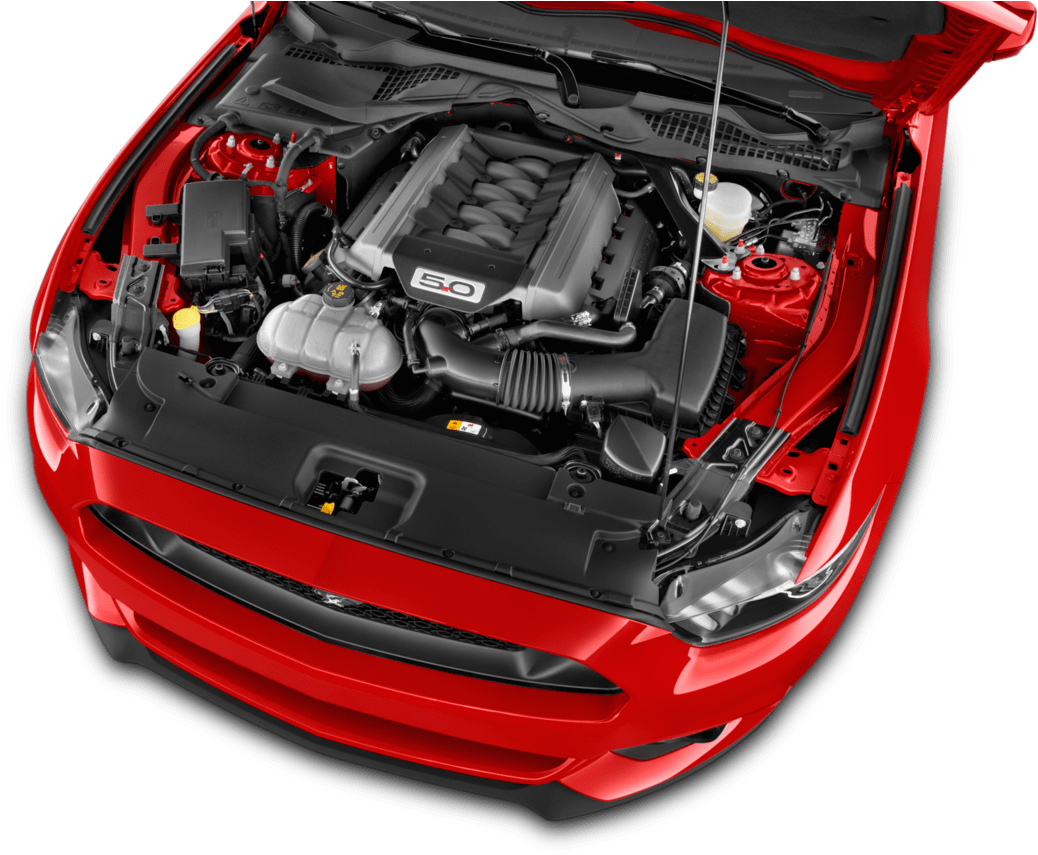Comprehensive Evaluation of a Subcompact Car's Powertrain Capabilities
In the world of vehicle design, the powertrain of a subcompact vehicle stands as an essential nexus where performance, effectiveness, and advancement assemble. When looking at the detailed web of elements that propel these cars onward, one discovers a symphony of engineering marvels waiting to be dissected. From the engine's unrelenting pursuit of optimal performance to the transmission's smooth choreography of power circulation, every aspect plays a crucial role in specifying the overall driving experience. Past the surface area exists a trove of understandings waiting to be discovered, promising a deeper understanding of exactly how these powertrains truly fare in the realm of sensible application.
Engine Performance Evaluation
In evaluating the engine performance of the subcompact auto, an extensive evaluation discloses its efficiency and power outcome under different driving conditions. The subcompact car's engine, an important element of its powertrain system, shows extensive efficiency metrics. The engine's effectiveness is noteworthy, as it enhances fuel intake without endangering power distribution. Under regular driving problems, the engine operates efficiently, showcasing an equilibrium between efficiency and gas economic climate.
Furthermore, when based on rigorous testing situations such as high-speed velocity or uphill climbs up, the engine demonstrates durability and responsiveness. Its power result remains consistent, providing appropriate velocity when required. The subcompact car's engine is tailored to satisfy the demands of urban driving, where fast velocity and active ability to move are essential.
Furthermore, the engine's design includes modern-day innovations that boost its efficiency features. Attributes like turbocharging or variable shutoff timing add to boosted power shipment and torque, boosting the overall driving experience. In final thought, the engine efficiency of the subcompact auto underscores its ability to provide efficient and reliable power output across numerous driving conditions.
Transmission Performance Examination
Evaluating the subcompact auto's transmission performance includes evaluating its performance in sending power effortlessly throughout numerous driving problems. The efficiency of a transmission system is vital as it directly influences the general performance and gas economic situation of the automobile.
One usual technique made use of to evaluate transmission effectiveness is through dynamometer testing, where the power output from the engine is determined at the input and result shafts of the transmission. Discrepancies in between input and outcome power can show the degree of performance of the transmission system. Furthermore, real-world driving tests are performed to evaluate just how the transmission performs in functional situations. By analyzing these aspects, engineers can determine locations for improvement and enhance the transmission system for much better total performance and performance.
Gas Effectiveness Examination
The analysis of the subcompact cars and truck's fuel effectiveness involves a comprehensive evaluation of its consumption prices under various driving conditions. Gas efficiency is an important consider examining the overall performance and cost-effectiveness of a lorry. By measuring the amount of fuel eaten per unit distance took a trip, generally revealed as miles per gallon (MPG) or litres per 100 kilometers (L/100 km), the efficiency of the subcompact auto's powertrain can be identified.

In addition, innovations in technology, such as crossbreed systems, regenerative braking, and automatic start-stop systems, have substantially boosted gas efficiency in contemporary subcompact cars. Manufacturers continue to enhance and innovate powertrain elements to improve fuel effectiveness while satisfying efficiency demands and environmental regulations. Assessing a subcompact cars and truck's gas performance provides valuable understandings for consumers seeking cost-effective and sustainable transport remedies.
Velocity and Handling Evaluation
An indispensable facet of assessing the performance capabilities of a subcompact vehicle depends on analyzing its acceleration and handling qualities. Acceleration is essential as it figures out just how rapidly the car can reach preferred speeds, influencing total driving experience and ability to move in various web traffic conditions. opel corsa engine. Subcompact vehicles are commonly preferred for their nimbleness and agility, making acceleration from standstill and during surpassing maneuvers necessary aspects to consider
When it involves managing, a subcompact automobile's capacity to browse corners, keep stability at high rates, and supply a responsive guiding feeling are extremely important. Tight city roads and winding roads call for exact handling to make sure vehicle driver self-confidence and safety. Variables such as suspension tuning, weight circulation, and tire grip play considerable duties in identifying a subcompact auto's overall handling expertise.

Powertrain Elements Summary
Upon delving right into the details of a subcompact cars and truck's efficiency, an extensive examination of its powertrain parts is crucial to realize the automobile's mechanical foundations. The powertrain of a subcompact vehicle generally is composed of the engine, transmission, driveshaft, differential, and axles. Comprehending how these parts function together is critical in examining a subcompact automobile's overall efficiency, effectiveness, and driving dynamics.
Verdict
To conclude, the subcompact vehicle's powertrain capacities have been thoroughly evaluated in terms of engine efficiency, transmission efficiency, gas efficiency, handling, and velocity. The thorough evaluation highlights the value of each component functioning together effortlessly to supply ideal efficiency. Overall, the powertrain parts of the subcompact auto have actually been located to be well-balanced and reliable, making it a trusted selection for chauffeurs seeking a compact and fuel-efficient vehicle.
In the world of automobile design, the powertrain of a subcompact car stands as a vital nexus where technology, performance, and efficiency converge.In assessing the engine performance of the subcompact vehicle, a detailed evaluation reveals its effectiveness and power outcome under various driving conditions.Evaluating the subcompact automobile's transmission performance click for info entails assessing original site its efficiency in transferring power effortlessly across different driving conditions. Comprehending exactly how these components function together is critical in analyzing a subcompact auto's total efficiency, performance, and driving characteristics.In final thought, the subcompact automobile's powertrain abilities have been thoroughly analyzed in terms of engine efficiency, transmission effectiveness, fuel performance, handling, and velocity.